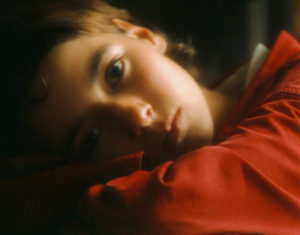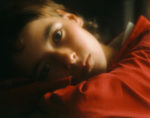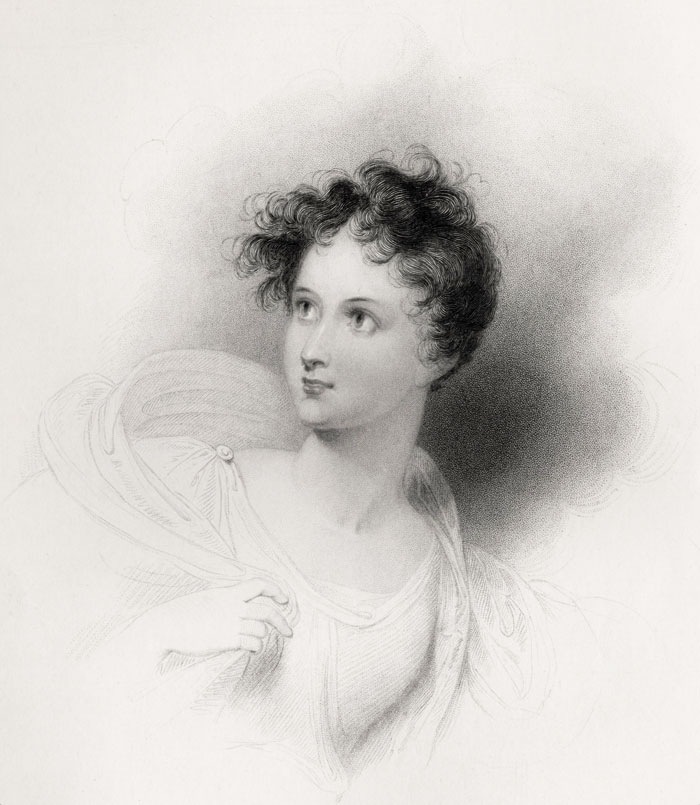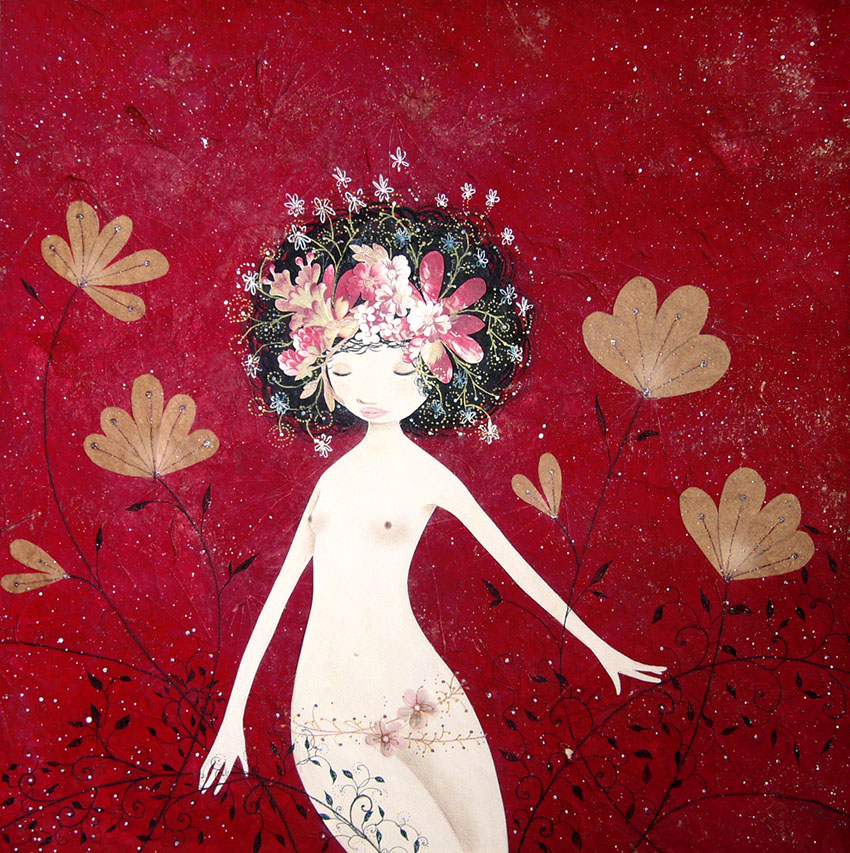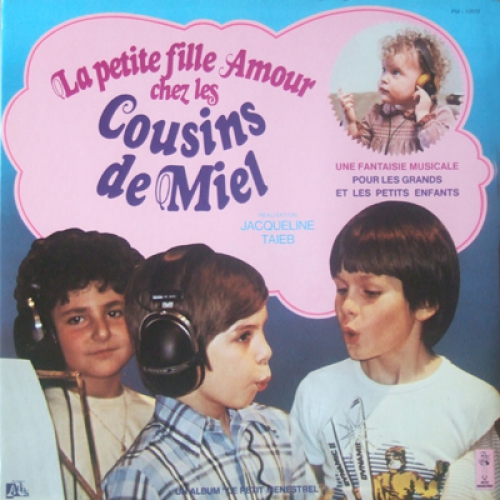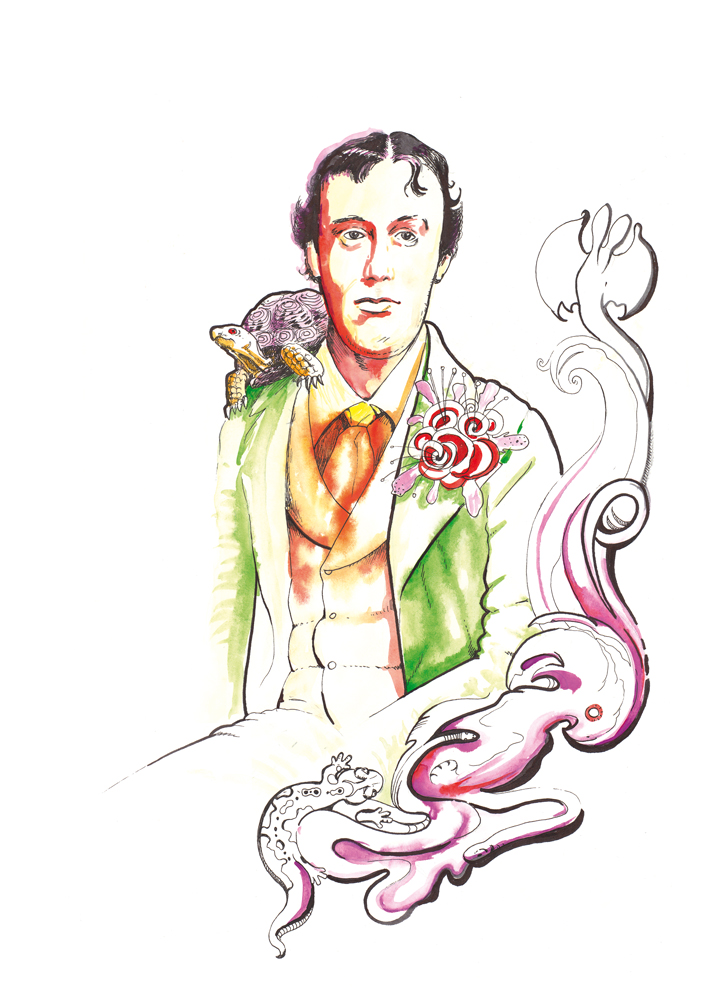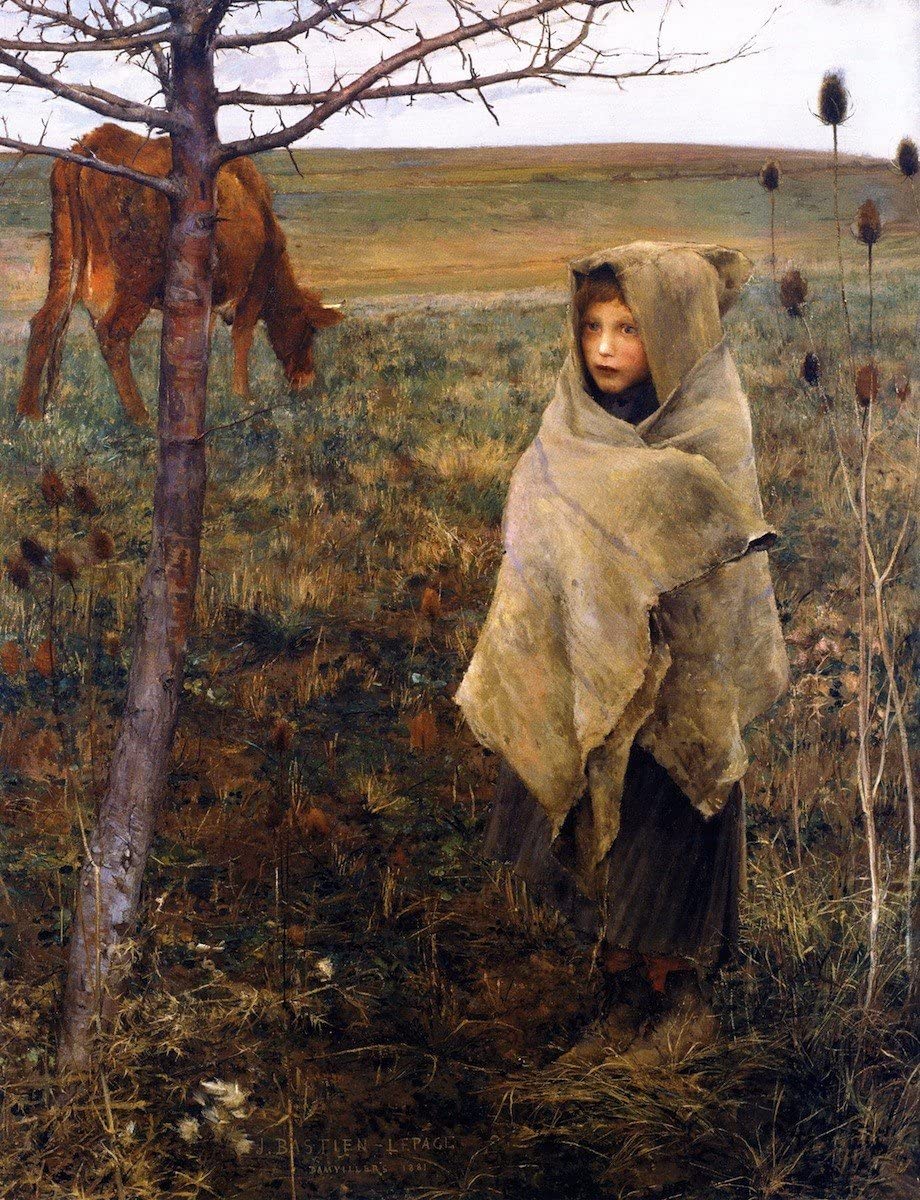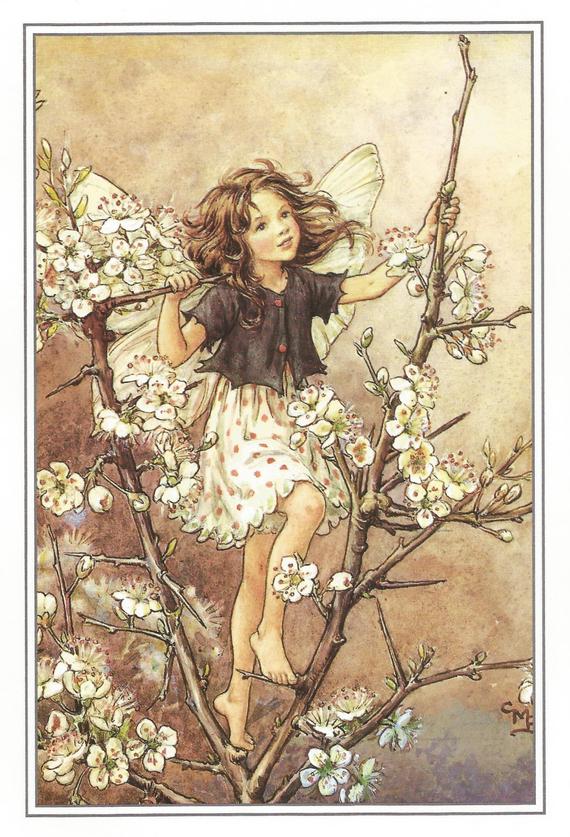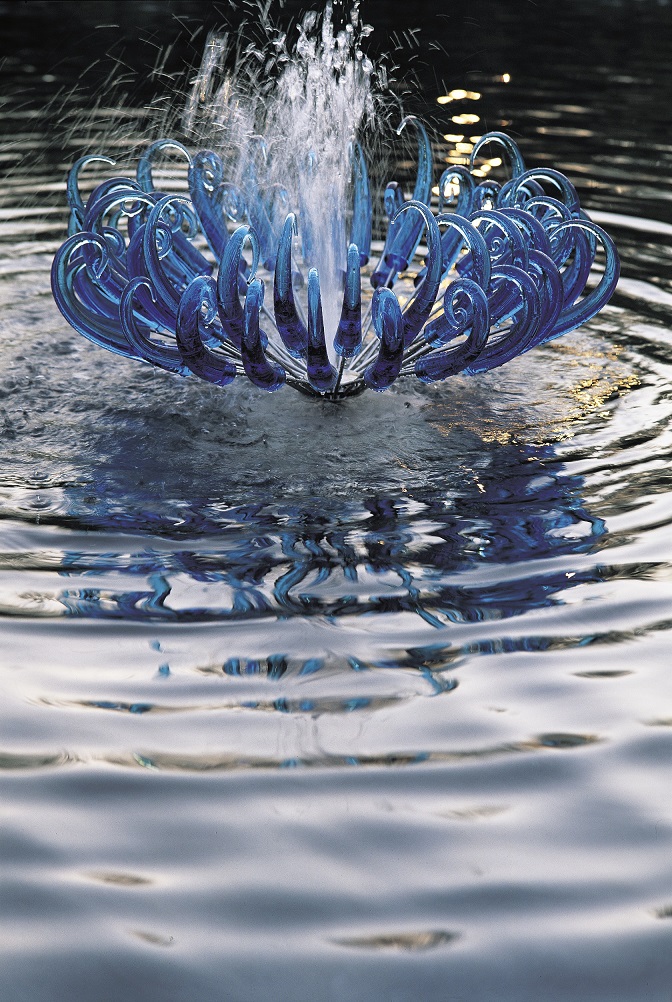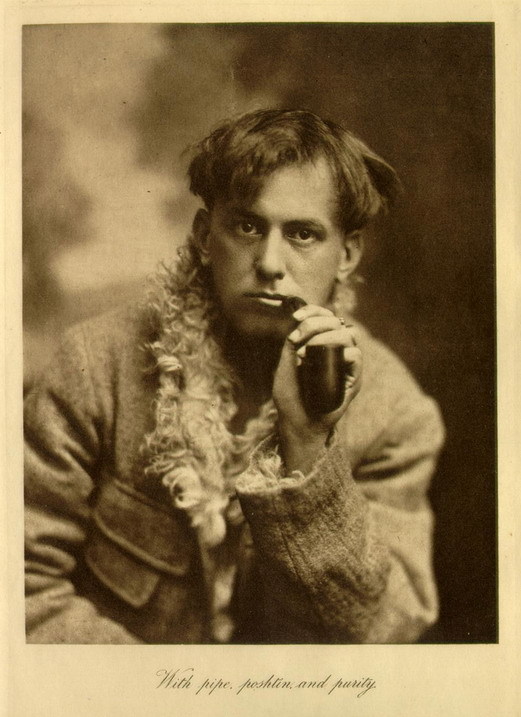
My third selection from Crowley’s collection Rodin in Rime (1907) belongs to the second section “Sonnets and Quatorzains,” whose poems have all 14 lines. Its French title “Femmes damnées” (translating as ‘doomed women’) comes from two poems in Les Fleurs du Mal by Charles Baudelaire, one of which (subtitled “Delphine et Hippolyte”) was banned by the French censorship between 1857 and 1949. CONTINUE READING / CONTINUER LA LECTURE…
